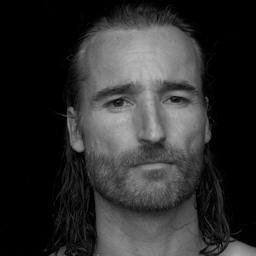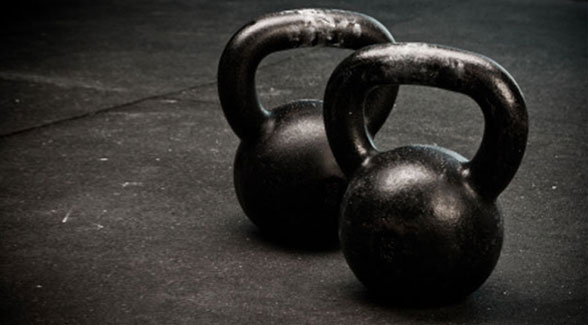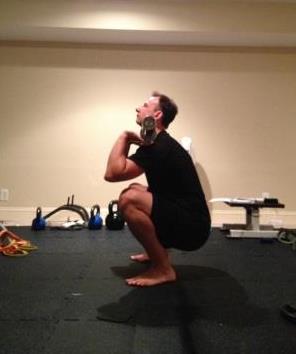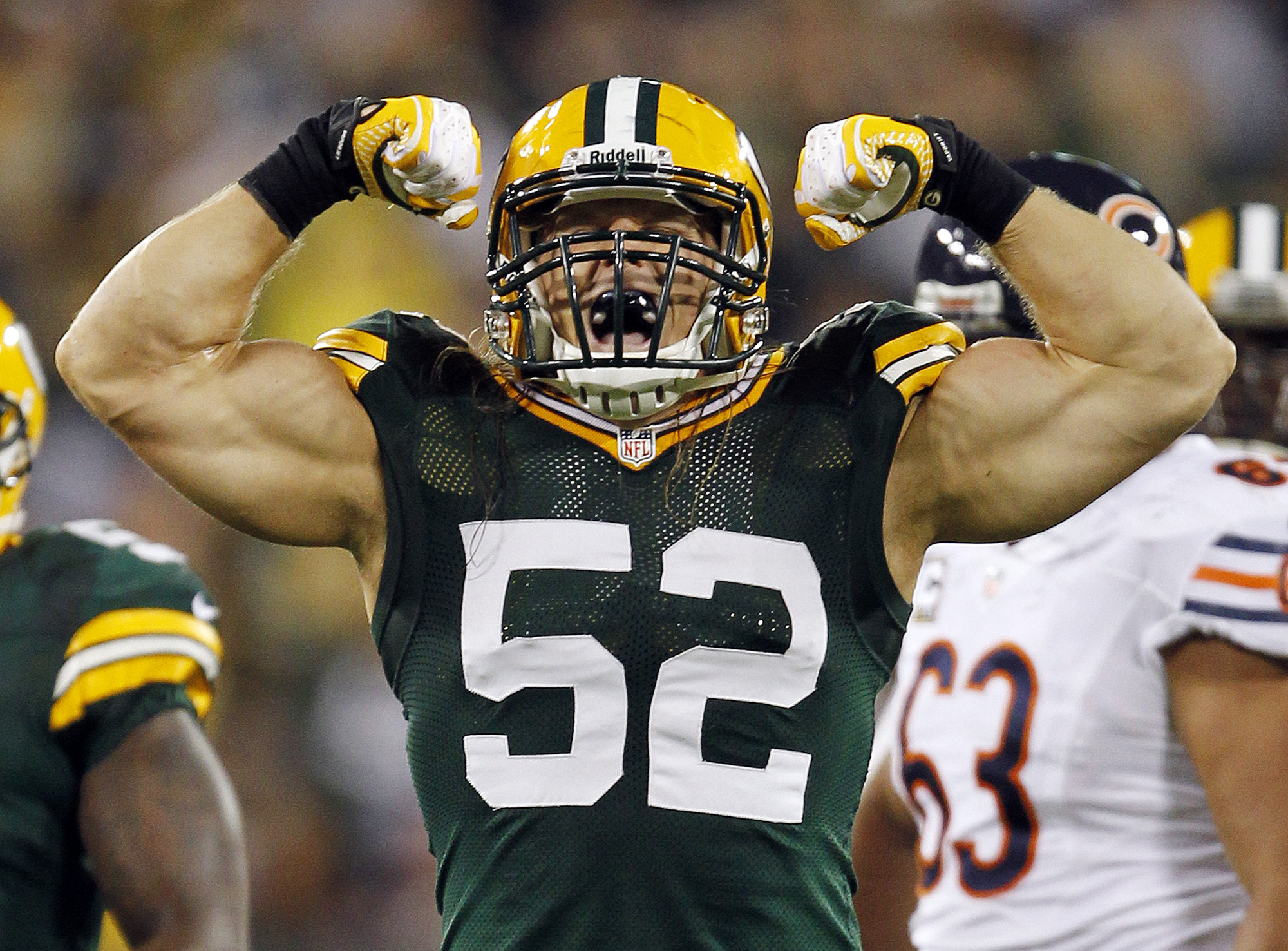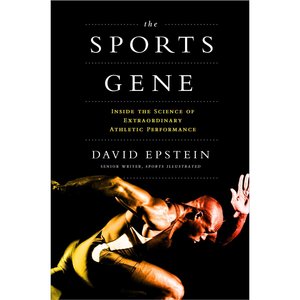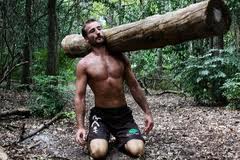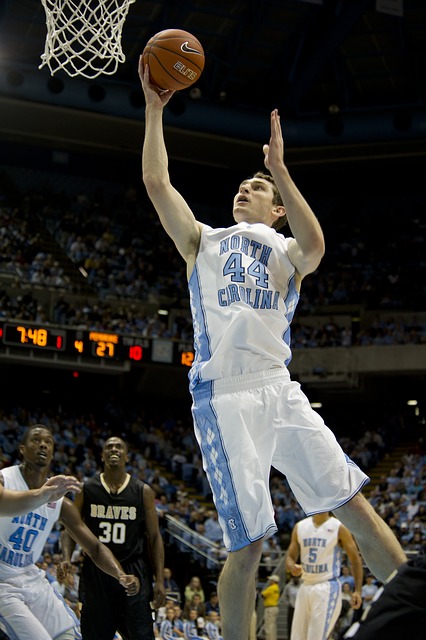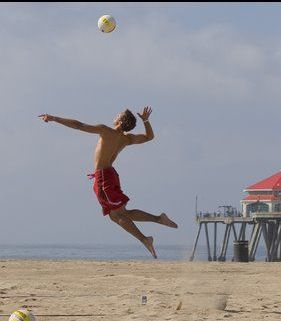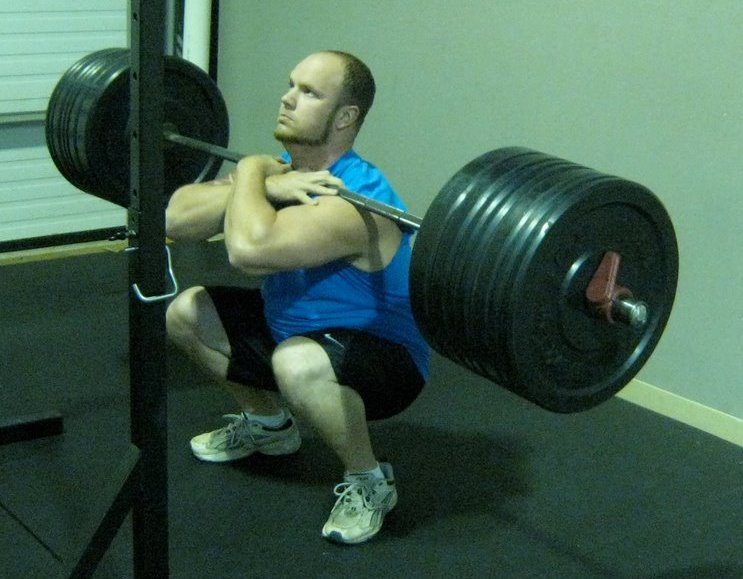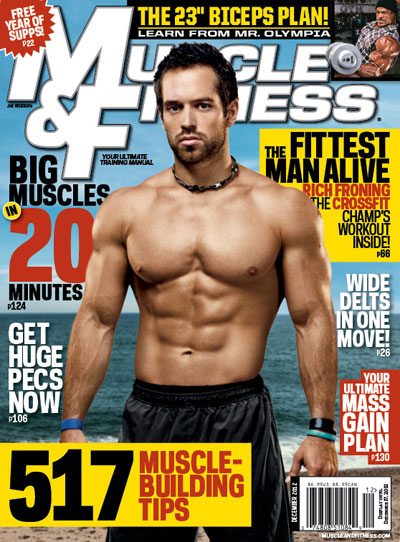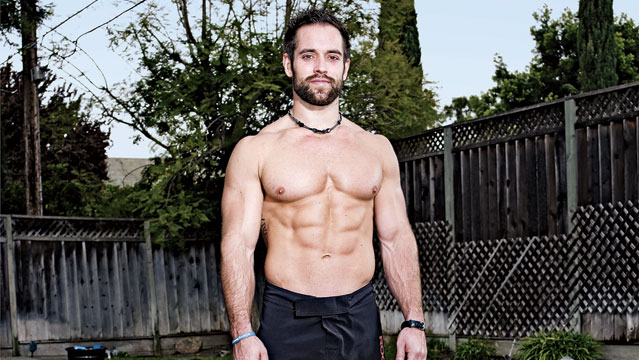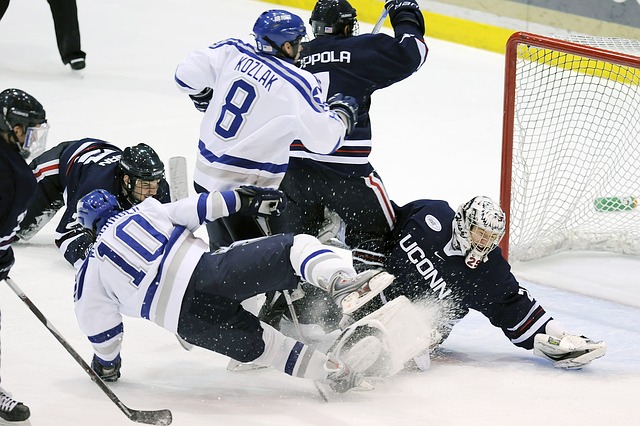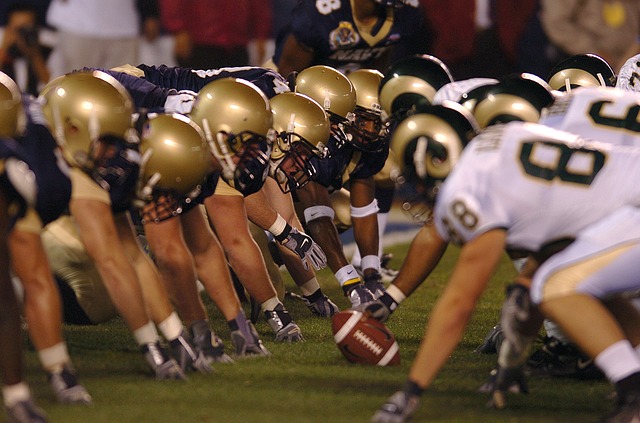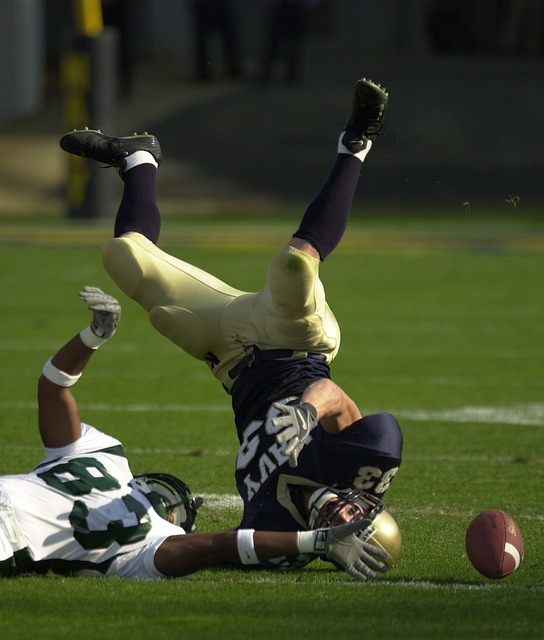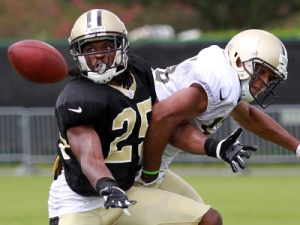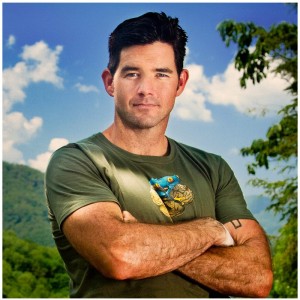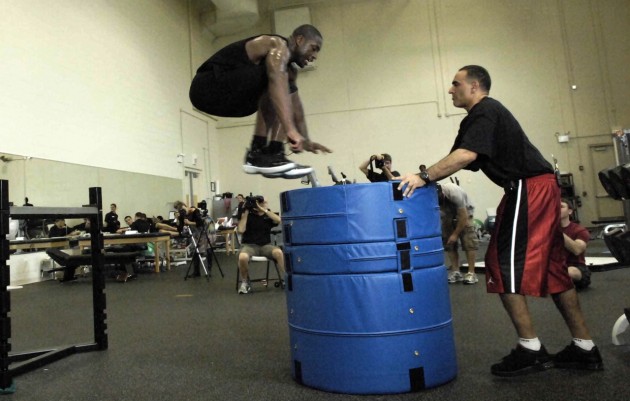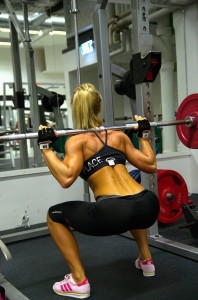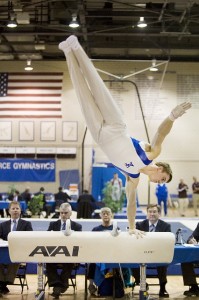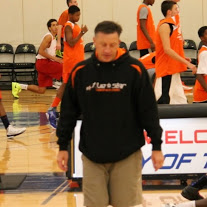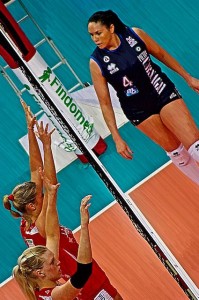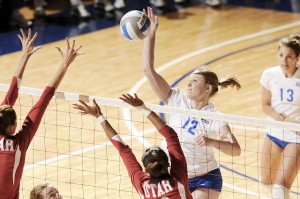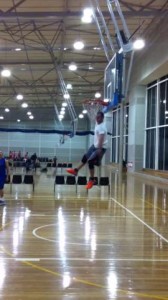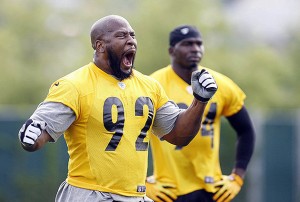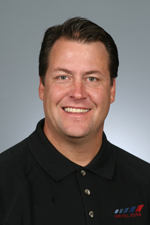Natural Movement Training is Whole Body Training
The McCarthy Project has developed and partnered with thought leaders in the world of natural movement training and the outdoors as our gymnasium. The sessions are intended to develop the mind, as well as, the body.
Frequently Asked Questions:
1. When are your sessions? Open Sessions are Tuesday at 10am and Friday at 12pm.
2. Who and what ages workout together? The McCarthy Project has two types of groups: open and invite only. The open sessions are available to whoever would like to complete the session. It is not age specific or advanced in difficulty. The “invite only” groups are scheduled on an as needed basis. The “invite only” groups may be athletes looking to get ready for the season, a specific age group or a small group or organization with specific, individualized goals.
3. Can adults participate in the session? Absolutely, all parents of participants are encouraged to attend and complete sessions. We feel that parents are integral to each young person and our goal is to create a path that leads back into creating strong families, not one more thing to separate. Adults with participants are free of charge.
4. How long is each session? Each session is up to 2 hours in length and it determined prior to starting. For the most part, each session is 90 minutes in length.
5. What activities do you do during the session? Each session is broken down in 3 parts; Natural movement training, strategy games or project-based learning, and walking or running.
6. What is natural movement training? Erwan Le Corre of MovNat coined the term natural movement to mean “training the whole, not the parts.” Erwan states, “Natural movement fitness is different. We don’t isolate muscles. We don’t obsess over burnt calories. We train our whole bodies in an integrated, practical way. Our practice is about movement. It’s about life.”
7. What types of movements do you perform? The following are a list of movements performed; leaping, running, throwing, balancing, and lifting. We use the natural surroundings to work the complete body in outdoor environment all in a logical, scientific format.
8. What is project-based learning? John Taylor Gatto, former national teacher of the year from New York City, created a list of cognitive development action steps. Our goal is to include as many of these concepts in our training sessions. More Details.
9. Who influenced your thinking in developing the program? Stephen McCarthy has completed deep research into the history of fitness and cognitive development. He has been influenced by several philosophers from the 18th century to current thought leaders. More details.






